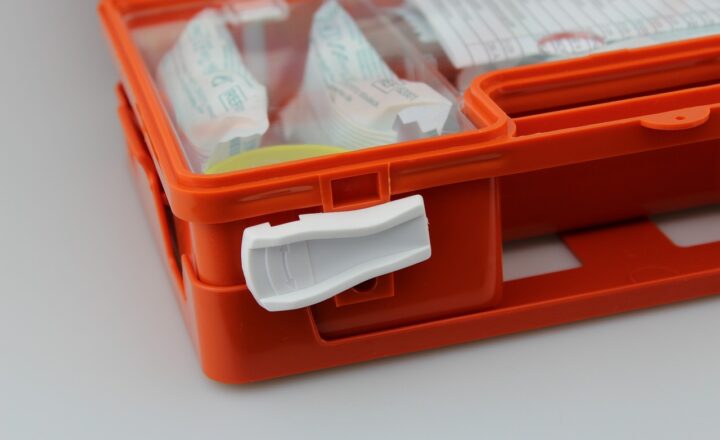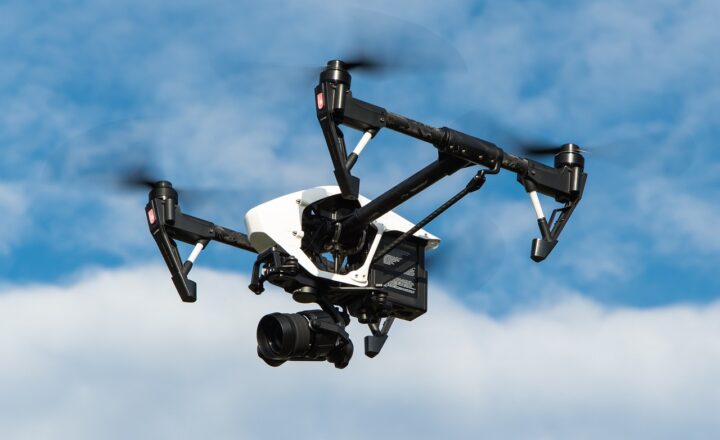Firefighter Safety Protocols: How Teams Protect Themselves in Dangerous Situations
November 13, 2024

Firefighting is one of the most dangerous professions in the world. Firefighters face numerous hazards, including raging flames, toxic smoke, collapsing structures, and unpredictable environments. To counteract these risks, safety protocols are a fundamental aspect of every fire department. In this article, we will explore the essential safety protocols that firefighters follow to protect themselves while performing one of the most challenging jobs known.
1. Understanding the Risks of Firefighting
Firefighters encounter many dangers on the job, each of which demands an awareness of safety protocols. From the flames themselves to the potential for structural collapse, the risks include:
- Fire Behavior: Understanding combustion, smoke, and heat can help responders identify danger zones.
- Hazardous Materials: Firefighters often face toxic exposure from chemicals, fuels, and materials involved in the incident.
- Physical Stress: The physical demands of firefighting can lead to injuries and largely affect decision-making ability.
- Confined Spaces: Inclination to conduct rescues in confined or unknown spaces places firefighters at risk for entrapment.
By understanding these risks, firefighters can better prepare for the safety protocols critical to their work.
2. Personal Protective Equipment (PPE): The First Line of Defense
One of the first and most important safety protocols involves the use of proper PPE. This gear is designed to protect firefighters from extreme conditions. Essential PPE includes:
- Firefighting Turnout Gear: Comprised of fire-retardant jackets, pants, helmets, and gloves, this gear helps shield against heat and flames.
- Self-Contained Breathing Apparatus (SCBA): Essential for firefighting in smoke-filled environments, SCBA protects against toxic fumes and provides breathable air.
- Fire Boots: Designed to withstand high temperatures and provide slip-resistant protection, essential for stability on unstable terrains.
- Safety Harnesses: Used for rope rescues or operating at heights, ensuring that firefighters can remain secure during challenging situations.
Each piece of equipment is critical for protecting firefighters from the myriad of hazards they face on a daily basis.
3. Incident Command System (ICS) and Communication Protocols
Clear communication and organization during firefighting operations are imperative for safety. The ICS is a standardized, on-scene, all-hazard approach to incident management. Key features include:
- Hierarchy Structure: Ensures everyone understands their roles and responsibilities, facilitating a coordinated response.
- Situational Awareness: Communication among responders helps disseminate essential information regarding hazards and resource allocation.
- Regular Briefings: Prior to entering a dangerous situation, teams conduct briefings to review objectives, available resources, and safety protocols.
- Wireless Communication Devices: Every firefighter carries a radio to communicate with each other and the command post, essential in emergency circumstances.
This structured communication can save lives and drastically decrease risks during operations.
4. Safety Training and Drills
Ongoing training is a crucial element of safety protocols for firefighting teams. Firefighters regularly undergo training to prepare for various scenarios, including:
- Fire Behavior Training: Knowing how different fires behave helps firefighters anticipate risks and respond effectively.
- Rescue Techniques: Training in rescue methods for trapped personnel ensures firefighters can coordinate effectively under pressure.
- Hazardous Materials Awareness: Firefighters must recognize hazardous materials they may encounter on the job, ensuring appropriate response measures.
- Regular Safety Drills: Conducting routine drills helps teams remain familiar with protocols, increasing their efficiency during an actual emergency.
This continuous training translates into better preparedness and greater team effectiveness in protecting themselves and others.
5. Emergency Evacuation Plans
Firefighters need to implement clear evacuation plans when operating in dangerous environments. The plans should include:
- Escape Routes: Identifying and practicing escape routes beforehand can save precious seconds if a situation escalates rapidly.
- Rendezvous Points: Designated areas for teams to regroup and account for personnel post-evacuation.
- Signal System: Establishing distinct signals for evacuating or calling for immediate assistance enhances communication in emergencies.
- Regular Drills: Conducting drills specific to evacuation scenarios keeps the team alert and ensures fluid coordination during real emergencies.
Well-structured evacuation protocols mitigate risks associated with potential chaos, ensuring all personnel can exit dangerous situations safely.
6. Health Monitoring and Stress Management
Firefighters’ physical and mental health is paramount in maintaining safety on the job. Departments emphasize health monitoring to ensure readiness. This includes:
- Regular Medical Check-ups: Health screenings help identify any underlying medical issues affecting a firefighter’s performance.
- Stress Management Programs: Mental wellness resources and counselling support help firefighters cope with the stress of their work.
- Team Building Activities: Encouraging camaraderie enhances communication amongst team members and fosters a supportive work environment.
- Physical Fitness Programs: Fitness training increases overall health and resilience, vital for performing demanding firefighting tasks.
A conscious investment in mental and physical health not only benefits the individual firefighter but also the entire team.
Conclusion
Firefighter safety protocols are essential in ensuring that professionals can withstand the hazards of their work while protecting themselves and the community they serve. By rigorously adhering to the protocols outlined in this article—such as using appropriate PPE, implementing effective communication through the ICS, conducting thorough training, and emphasizing health and wellness—firefighters can significantly mitigate risks in hazardous environments. The dedication to safety ensures that they can return home safely from each call they answer, preserving their lives and the lives of the people they serve.
By continuously adapting safety practices and prioritizing the well-being of each team member, fire departments empower their teams to respond effectively and, most importantly, safely.








